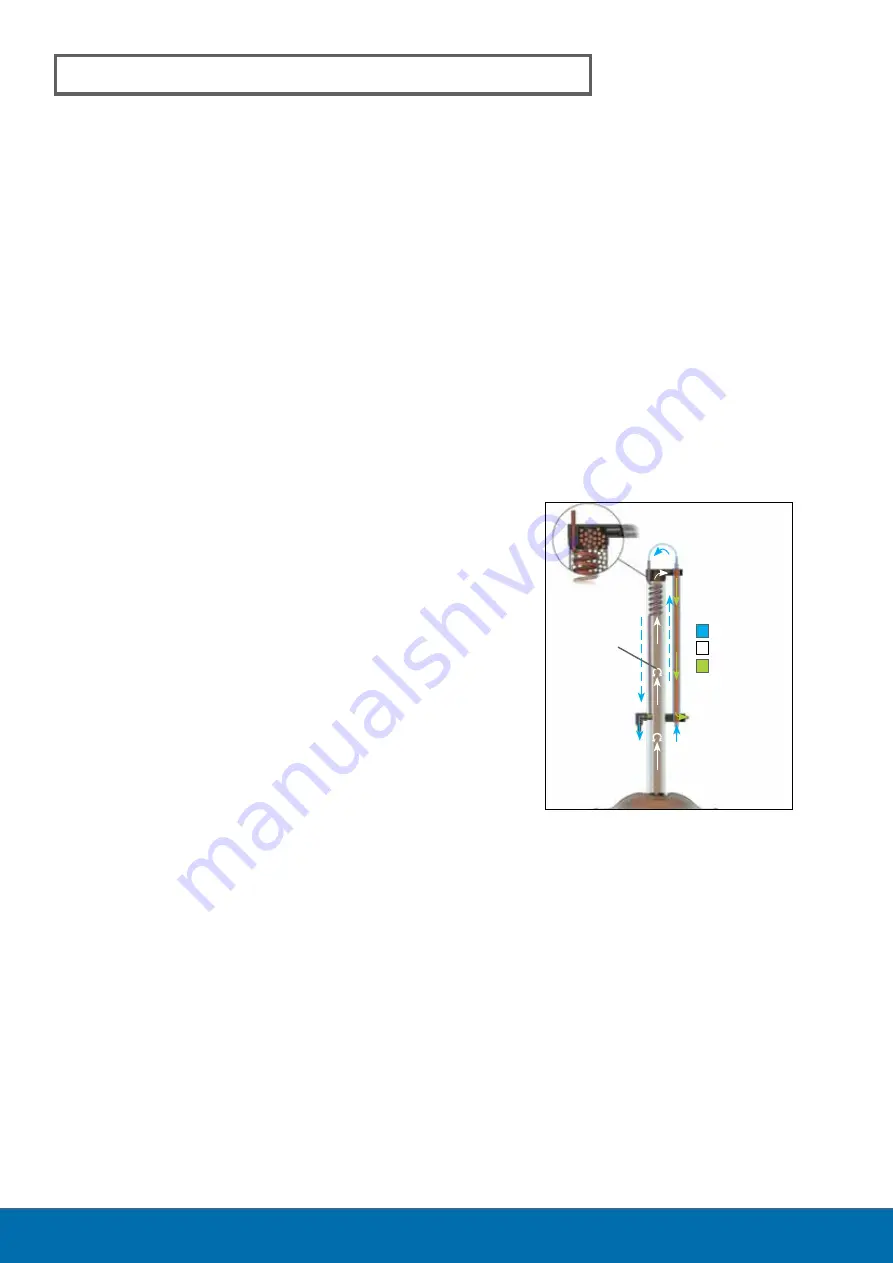
12
WHAT IS THE BLACK STUFF I ADD IN MY WASH?
It’s activated carbon, designed to absorb unwanted
flavours produced during fermentation (see question
:
Is it normal that my wash smells funny?). It comes in
different formats: powder, granules or liquid.
The carbon will turn the liquid black and won’t
dissolve. It will not harm the fermentation process.
The carbon is removed when the wash is cleared.
I’VE ADDED MY YEAST IN A WASH AT 40°C (104°F), WILL
IT STILL WORK?
Yes, yeast can be safely added in a wash between
20-40°C (68-104°F) maximum. Above 40°C (104°F), yeast
will die very promptly if the wash is not cooled down
quickly. This can be done by resting the fermenter in a
basin or bath of cold water.
HOW LONG IS THE FERMENTATION?
A wash usually takes between 4 and 10 days to ferment
depending on the yeast used and temperature.
IS IT NORMAL THAT MY WASH SMELLS FUNNY?
During fermentation, yeasts produce alcohol, CO2, as
well as hundreds of by-products, which have different
smells, some pleasant (like pear, apple, banana), others
less pleasant (like rotten egg). This will not taint your
distilled spirit and will disappear after distillation. Carbon
filtration will further remove those unwanted smells.
HOW DO I KNOW WHEN THE FERMENTATION
IS FINISHED?
A few ways:
1. Measure your SG with a hydrometer: start of
fermentation reads around 1.100 and end of
fermentation reads about 0.990. When your SG has
read 0.990 for two consecutive days, fermentation
is complete.
2. Look for fizziness, bubbles rising to the surface: while
it’s fermenting there are lots of bubbles coming to the
surface and at the end of fermentation there are
almost none.
3. Look for the haze in the wash: at the beginning
of fermentation, the wash will be very murky and
hazy, towards the end, it will start to become more
‘transparent’.
WHAT’S IN THE CLEARING AGENT AND HOW DOES
IT WORK?
The Still Spirits Turbo Clear is made of silica (Part A)
which charges floating particles and chitosan (Part
B) attracts all particles (with its opposite charges) to
eventually make them all settle on the bottom of
the fermenter.
The saddles in the column provide a large surface
area to maximise the contact between the liquid and
vapour flows in the column, which accelerate the
refluxing action.
The Turbo 500 has been carefully engineered to
provide a continuously compensating reflux rate.
As the distillation process progresses, the alcohol
concentration in the wash reduces. To maintain high
purity of alcohol being produced, the refluxing ratio
will increase to compensate and the alcohol production
will slow. This slowing is most noticeable after two
hours of alcohol production.
Towards the end of the distillation the alcohol purity
remains high, but output will slow until it stops
altogether. At this point the water vapour will keep
rising and condensing part way up the column, but
nothing will reach the top of the column to pass into
the condenser. The alcohol extraction is finished at
that point.
HOW LONG CAN I KEEP A WASH FOR BEFORE DISTILLING IT?
We recommend distilling a wash within one week of
clearing. The longer it is left, the more off flavours may
develop caused by autolysis of the dead yeast cells. It is
likely to be fine for up to eight weeks if kept sealed
and cool.
HOW DOES DISTILLATION IN THE TURBO 500
DISTILLATION SYSTEM WORK?
The wash is heated in the boiler to boiling point
and kept at boiling point throughout the distillation
process. The vapour boiled off from the wash rises up
the column, in which the vapours of the heavier liquids
(water and heavier undesirable molecules) condense
and fall back down. The alcohol vapour, being lighter
than water vapour, is rising up to the top of the column
and condenses back in the condenser into a liquid
alcohol. This cycle of evaporation, rising and condensing,
is continuous and is described as refluxing.
SUPPLEMENTARY INFORMATION AND FAQS
water flow
alcohol vapour
alcohol liquid
refluxing
water
out
water
in
alcohol out


































